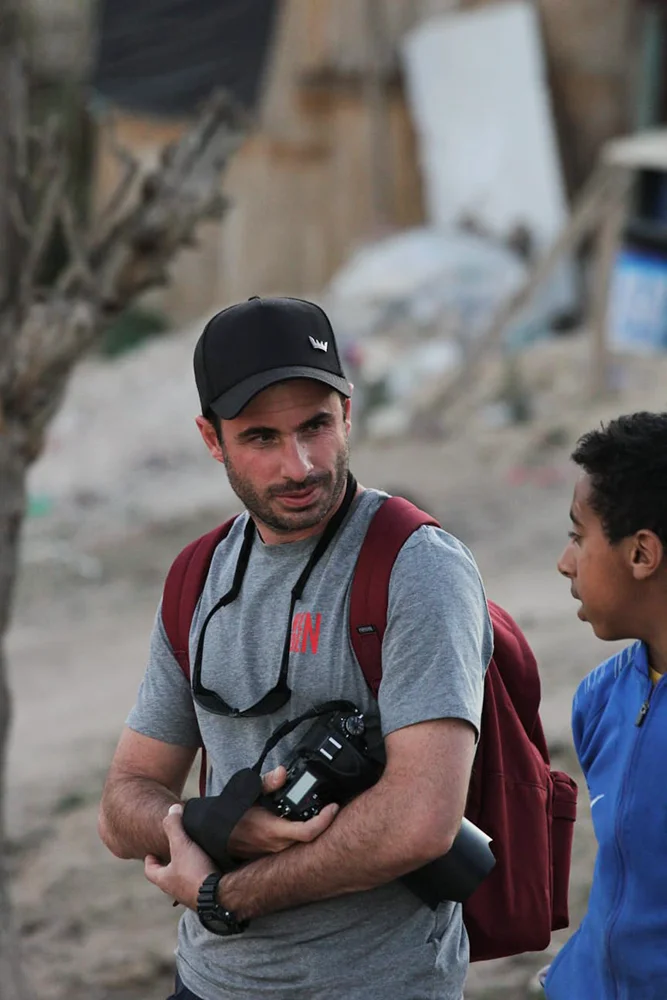Juan Cruz Olivieri was born in 1980 in Zárate, Buenos Aires Province, Argentina, where he currently resides. Although he is an electrical engineer by profession, his passion for photography emerged in 2012.
His most notable work revolves around gaucho culture, deeply influenced by childhood memories and travels with his father through the Buenos Aires countryside. In series such as Gauchos and Silent Inhabitants, Olivieri portrays Argentine rural life with sensitivity and authenticity, capturing not only faces but also the soul of his subjects.
For Olivieri, photography is a way to preserve cultural heritage: “It’s not just an artistic expression, but a way to perpetuate our traditions.” His intimate and unembellished style seeks to move away from the idealized image of the gaucho, instead revealing its mystical and resilient essence.
Summary of the “Gauchos” Series
The gauchos in Argentina are emblematic figures, representing the men who conquered the pampas. In my work, I strive to create intimate photography, stepping away from the role of the intrusive outsider to become a confidant in a story told through light and shadow. I distance myself from the typical idealized images that viewers expect, allowing the mystical and rugged identity of gaucho culture to emerge through a sense of closeness and spontaneous naturalness. Each photo is free of ornamental pretension, and its magnetic power lies in the determined way the gauchos position themselves before the camera—resolved to reveal more than just their faces: the living soul of the life they embrace.
Awarded Photographer of the Week - Week 33, 2025
